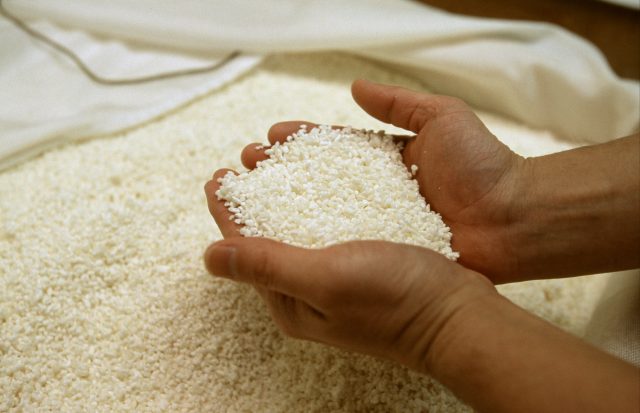This website uses cookies so that we can provide you with the best user experience possible. Cookie information is stored in your browser and performs functions such as recognising you when you return to our website and helping our team to understand which sections of the website you find most interesting and useful.
Sake-making is up for UNESCO heritage honour
UNESCO is due to consider honouring the Japanese sake-making tradition with Intangible Cultural Heritage of Humanity status.

Japan submitted a proposal to add sake-making to the Intangible Cultural Heritage list, and a preliminary review earned a recommendation from the evaluation body.
An intergovernmental committee meeting held in Paraguay in December will consider the proposal and make the final decision.
The Agency for Cultural Affairs said in an announcement yesterday (5 November) that there has never been a case where a recommended registration of a Japanese proposal has been overturned.
The United Nations Educational, Scientific and Cultural Organisation currently recognises 611 Intangible Cultural Heritage elements around the world, 22 of which are Japanese.
The proposed “traditional knowledge and skills of sake making with ‘koji’ mold in Japan” specifically recognises the manual techniques of “toji” (master brewers), “kurabito” (brewers) and other craftspeople at sake breweries who utilize koji in the rice fermentation process, according to The Asahi Shimbun.
The Japanese government named “traditional sake making” a national intangible cultural property in 2021.
The total volume of sake exports from Japan has almost doubled since 2014, rising from 16.3m litres to 29.1m in 2023, having hit a peak of 35.9m litres in 2022, according to trade body the Japanese Sake & Shochu Makers Association.
2024 looks set to be bigger, with total volume exports tracking at 93% higher year-on-year as of July 2024.
Sake is brewed by fermenting a type of rice known as sakamai, which differs from regular table rice. There are hundreds of rice varieties used to make sake, but the most common include: Yamada Nishiki, grown largely in Hyogo (Nada district) – Japan’s biggest sake producing region; Gohyakumangoku, common to the Niigata region; and Miyamanishiki, suited to cold climates and common in Nagano Prefecture, but also Akita, Yamagata, Fukushima, Miyagi.
Related news
Suntory expands water education provision target for 2030

